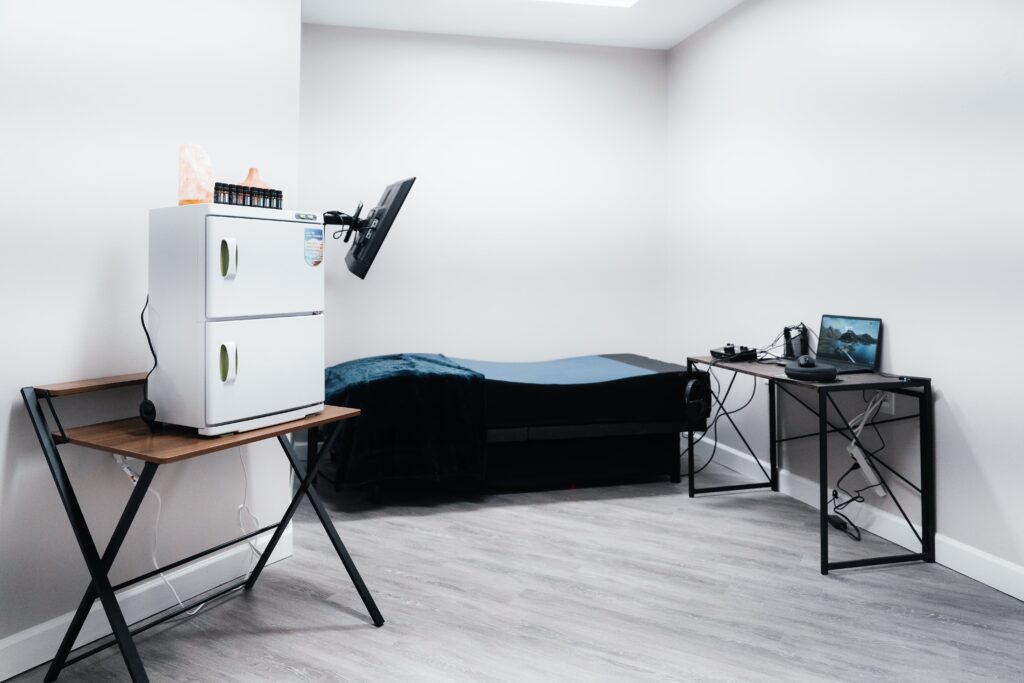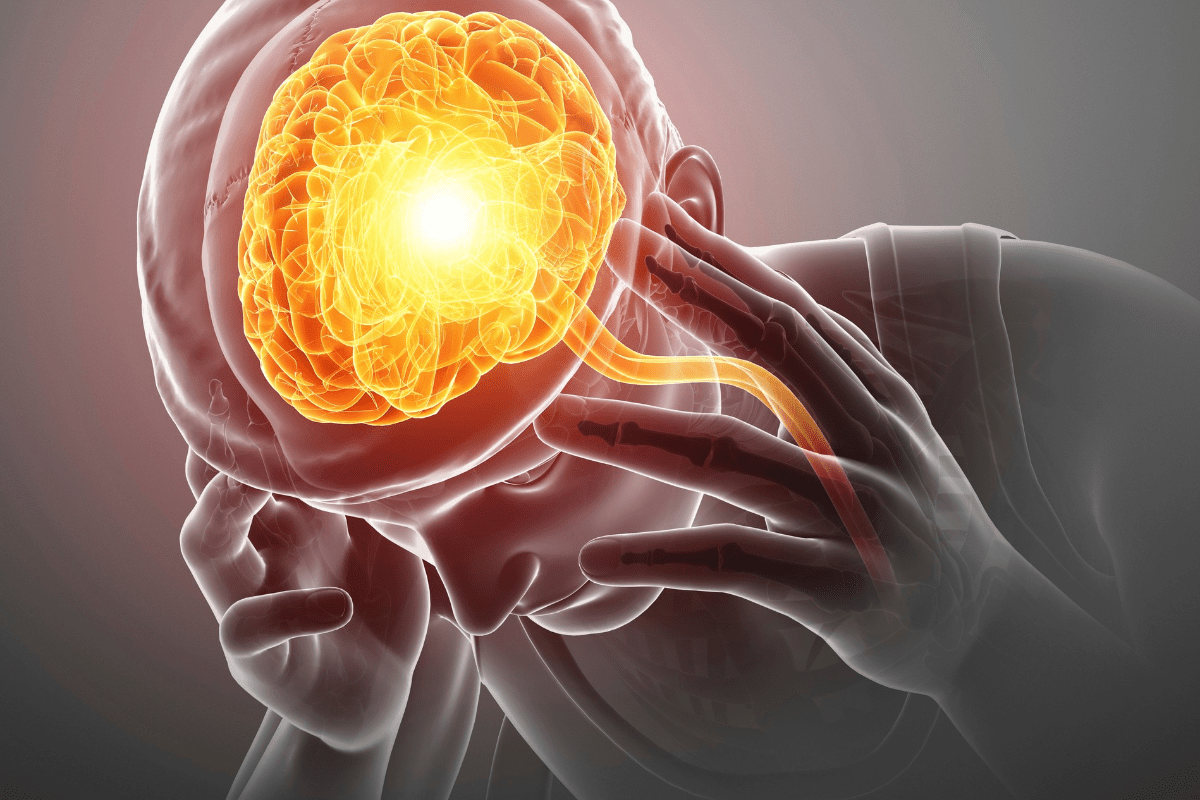Mental health challenges affect millions of people worldwide, each presenting unique struggles and complexities.
While every individual’s experience with mental disorders is deeply personal, some conditions pose particularly severe challenges to daily functioning, relationships, and overall quality of life. Understanding these conditions helps reduce stigma and highlights the importance of comprehensive mental health care.
Learn more about our mental health treatment programs or call us now at 629-217-2658.
What Is the Hardest Mental Illness to Live With?
Determining the “hardest” mental illness to live with is subjective and depends on various factors including symptom severity, treatment response, support systems, and individual resilience.
However, certain conditions are widely recognized for their profound impact on functioning and quality of life. These typically involve severe symptoms that affect multiple areas of life, have limited treatment options, or carry significant social stigma.
Mental health professionals often consider factors such as suicide risk, functional impairment, treatment resistance, and long-term prognosis when assessing the severity of different conditions. It’s important to remember that with proper treatment and support, individuals with even the most challenging mental health conditions can lead meaningful lives.
10 of the Hardest Mental Illnesses to Live With
Schizophrenia
Schizophrenia is often considered one of the most challenging mental health conditions due to its complex symptoms and impact on perception of reality.
Why it’s difficult to live with:
- Hallucinations and delusions can make it difficult to distinguish reality from symptoms
- Cognitive impairments affect memory, attention, and decision-making
- Social withdrawal and isolation are common
- Stigma and discrimination create additional barriers
- Medication side effects can be severe and impact quality of life
Statistics: Schizophrenia affects approximately 1.1% of adults in the United States, with symptoms typically emerging in late teens to early thirties.
Treatment: Schizophrenia treatment includes antipsychotic medications combined with psychosocial therapies, including Cognitive Behavioral Therapy (CBT) and family therapy, form the foundation of schizophrenia treatment.
Bipolar Disorder (Type I)
Bipolar I disorder involves extreme mood swings between manic and depressive episodes that can be devastating to personal and professional relationships.
Why it’s difficult to live with:
- Manic episodes can lead to dangerous behaviors and poor decision-making
- Severe depression can include suicidal thoughts and complete inability to function
- Rapid cycling between moods creates instability and unpredictability
- Relationships often suffer due to erratic behavior
- Higher rates of substance abuse as self-medication
Statistics: Bipolar disorder affects about 2.8% of U.S. adults annually, with nearly 83% of cases classified as severe.
Treatment: Bipolar treatment includes mood stabilizers like lithium, anticonvulsants, and antipsychotics, combined with psychotherapy, help manage symptoms and prevent relapse.
Borderline Personality Disorder (BPD)
Borderline Personality Disorder (BPD) is characterized by intense emotional instability, relationship difficulties, and a pattern of unstable self-image.
Why it’s difficult to live with:
- Extreme fear of abandonment leads to desperate attempts to maintain relationships
- Emotional dysregulation causes intense, rapidly changing moods
- Self-harm and suicidal behaviors are common
- Identity disturbance creates confusion about self-worth and goals
- Interpersonal relationships are often turbulent and unstable
Statistics: BPD affects approximately 1.4% of adults in the U.S., with about 75% of diagnoses occurring in women.
Treatment: Dialectical Behavior Therapy (DBT) has shown significant effectiveness in treatment for Borderline Personality Disorder, focusing on emotional regulation and interpersonal skills.
Treatment-Resistant Depression
When depression doesn’t respond to multiple treatment attempts, it becomes particularly challenging and debilitating.
Why it’s difficult to live with:
- Persistent hopelessness despite treatment efforts
- Severe functional impairment affecting work, relationships, and self-care
- Higher suicide risk due to treatment failures
- Physical symptoms including chronic fatigue and pain
- Social isolation and withdrawal from previously enjoyed activities
Statistics: About 30% of people with major depression don’t respond to initial treatments, and 10-15% have truly treatment-resistant depression.
Treatment: Advanced treatments like ketamine therapy, electroconvulsive therapy (ECT), and transcranial magnetic stimulation (TMS) offer hope for treatment-resistant cases.
Obsessive-Compulsive Disorder (Severe)
Severe OCD can be completely consuming, with intrusive thoughts and compulsive behaviors taking over a person’s entire day.
Why it’s difficult to live with:
- Obsessive thoughts create intense anxiety and distress
- Compulsive behaviors can take hours each day to complete
- Avoidance behaviors limit normal activities and experiences
- Shame and secrecy about symptoms delay treatment
- Impact on family members who may be drawn into rituals
Statistics: OCD affects 1.2% of adults in the U.S., with about half of cases classified as severe.
Treatment: Exposure and Response Prevention (ERP) therapy, often combined with selective serotonin reuptake inhibitors (SSRIs), antidepressant depression medication is the gold standard for OCD treatment.
Post-Traumatic Stress Disorder (Complex)
Complex PTSD, often resulting from prolonged trauma, can severely impact every aspect of daily functioning.
Why it’s difficult to live with:
- Flashbacks and nightmares disrupt sleep and daily activities
- Hypervigilance creates constant state of alertness and exhaustion
- Avoidance behaviors limit normal life experiences
- Emotional numbing affects relationships and enjoyment
- Higher rates of substance abuse and self-destructive behaviors
Statistics: PTSD affects 3.5% of adults annually, with women twice as likely as men to develop the condition.
Treatment: Cognitive Processing Therapy show strong effectiveness for PTSD treatment.
Dissociative Identity Disorder (DID)
Formerly known as multiple personality disorder, DID involves the presence of two or more distinct personality states.
Why it’s difficult to live with:
- Memory gaps and lost time create confusion and fear
- Different identity states may have conflicting goals and behaviors
- Extreme difficulty maintaining consistent relationships
- High rates of self-harm and suicidal ideation
- Significant stigma and misunderstanding from others
Statistics: DID affects an estimated 1% of the population, though it’s often underdiagnosed due to complexity of symptoms.
Treatment: Long-term psychotherapy focusing on integration of identity states and processing underlying trauma is the primary treatment approach.
Anorexia Nervosa
Anorexia has the highest mortality rate of any mental health condition, making it particularly dangerous.
Why it’s difficult to live with:
- Severe medical complications affecting all body systems
- Distorted body image that persists despite weight loss
- Social isolation due to food-related anxiety
- Cognitive impairment from malnutrition affects decision-making
- High relapse rates even after treatment
Statistics: Anorexia affects 0.6% of adults in the U.S., with mortality rates 5-10 times higher than the general population.
Treatment: Comprehensive eating disorder treatment including medical stabilization, nutritional rehabilitation, and family-based therapy or cognitive behavioral therapy is essential.
Substance Use Disorder (Severe)
Severe addiction fundamentally changes brain chemistry and can destroy every aspect of a person’s life.
Why it’s difficult to live with:
- Physical dependence creates intense withdrawal symptoms
- Compulsive use continues despite severe consequences
- Loss of employment, relationships, and housing
- High rates of legal problems and incarceration
- Significant physical health complications
Statistics: About 21 million Americans have at least one addiction, with only 10% receiving treatment.
Treatment: Medication-Assisted Treatment combined with behavioral therapies and support groups provides the most effective approach to addiction treatment.
Schizoaffective Disorder
This condition combines symptoms of schizophrenia with major mood episodes, creating a complex clinical picture.
Why it’s difficult to live with:
- Combination of psychotic symptoms and severe mood episodes
- Difficulty distinguishing between different symptom types
- Complex medication regimens with multiple side effects
- Higher functional impairment than either condition alone
- Increased risk of suicide and substance abuse
Statistics: Schizoaffective disorder affects approximately 0.3% of the population, typically emerging in early adulthood.
Treatment: Schizoaffective disorder treatment requires both antipsychotic medications and mood stabilizers, along with comprehensive psychosocial rehabilitation services.
Mental Health Statistics
Mental health conditions affect millions of people worldwide, with significant impacts on individuals, families, and communities:
- 1 in 5 adults in the United States experiences mental illness in a given year
- 1 in 25 adults lives with a serious mental illness that substantially interferes with major life activities
- Suicide is the second leading cause of death among individuals aged 10-34
- 50% of mental health conditions begin by age 14, and 75% begin by age 24
- Only 44% of adults with mental illness receive treatment, and only 65% of adolescents receive treatment
- The economic burden of mental illness in the U.S. is estimated at $193.2 billion annually in lost earnings alone
- Depression is the leading cause of disability worldwide
- Anxiety disorders are the most common mental illness, affecting 40 million adults annually
These statistics highlight the widespread nature of mental health challenges and the critical need for accessible, effective treatment options.
Handling Mental Illness on Your Own
While professional treatment is essential for serious mental health conditions, there are important self-care strategies that can support your mental health journey:
Develop a Strong Support Network: Connect with trusted friends, family members, or support groups who understand your struggles. Isolation often worsens mental health symptoms, so maintaining social connections is crucial for recovery.
Establish Healthy Routines: Regular sleep schedules, consistent meal times, and daily structure can provide stability when mental health symptoms create chaos. Even small routines like morning coffee or evening walks can anchor your day.
Practice Stress Management: Learn healthy coping mechanisms such as deep breathing exercises, progressive muscle relaxation, or mindfulness meditation. These tools can help manage acute symptoms and prevent escalation during difficult moments.
Monitor Your Symptoms: Keep a mood journal or use mental health apps to track symptoms, triggers, and patterns. This information can be valuable for both self-understanding and treatment planning with healthcare providers.
Maintain Physical Health: Regular exercise, nutritious eating, and adequate sleep significantly impact mental health. Physical wellness and mental wellness are interconnected, so caring for your body supports your mind.
Limit Alcohol and Substance Use: While substances might temporarily numb difficult emotions, they often worsen mental health symptoms long-term and can interfere with medications and treatment effectiveness.
Educate Yourself: Learn about your specific condition, treatment options, and recovery strategies. Knowledge empowers you to make informed decisions about your care and advocate for your needs.
Create Safety Plans: For conditions involving self-harm or suicidal thoughts, develop detailed safety plans with emergency contacts, coping strategies, and professional resources readily available.
Remember that self-care strategies complement but cannot replace professional treatment for serious mental health conditions. These approaches work best when combined with appropriate medical care and therapy.
Finding Mental Health Treatment
If you or someone you love is struggling with mental illness, professional help is available and recovery is possible. Taking the first step toward treatment can feel overwhelming, but it’s the most important decision you can make for your mental health.
At Arbor Wellness, we understand that every person’s mental health journey is unique. Our comprehensive treatment programs are designed to address the complex needs of individuals with serious mental health conditions. We offer evidence-based therapies, medication management, and holistic support services in a compassionate, understanding environment.
Our experienced team of mental health professionals specializes in treating the most challenging conditions, including treatment-resistant depression, bipolar disorder, trauma-related disorders, and severe anxiety. We believe that with the right combination of treatments and support, everyone can achieve meaningful recovery and improved quality of life.
Don’t wait to get the help you deserve. Mental health conditions don’t improve on their own, and early intervention leads to better outcomes. Whether you’re experiencing your first symptoms or have been struggling for years, it’s never too late to seek treatment.
Call us now 629-217-2658 or verify your insurance now.

























